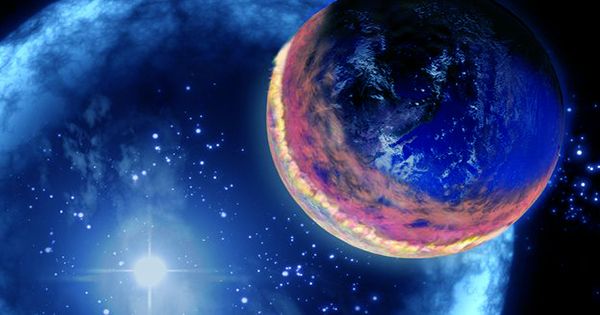On the 15 April of 2020, a powerful gamma-ray fracture (GRB) reached Earth. GRB is one of the most powerful releases of energy in the universe, giving astronomers insight into the various final processes. The GRB was as extreme as expected in 200415, but its location makes it even more special. It was produced in a galaxy very close to the Milky Way. The discovery has been published in Nature Astronomy and was presented at the Virtual 237th meeting of the American Astronomical Society. GRB 200415A is known as abbreviated GRB – something less than two seconds short enters this classification. Neutron star collisions are known to create such an event.
In this case, however, it is a single neutron star with an extreme magnetic field: a magnet. These are a kind of extreme flammable residue that tends to ignite and these flames can be strong enough to emit gamma rays. The GRB in question is from a magnet in the Galaxy NGC 253, located 11.4 million light-years away from the southern constellation Sculptor.
Lead author Prof Soebur Razzaque from the University of Johannesburg, said in a statement, “Magnets are a thousand times more magnetic than ordinary neutron stars. Most emit X-rays now and then, but so far we only know about a handful of magnets that were discovered the brightest among us in 2004. Then GRB 200415A to 2020 Came on.”
The first emission lasted 140 milliseconds and was followed by another strong and (comparatively) longer GRB after 20 s. Razzaque prediction of two GRBs in 2005 after the giant flame was actually seen for the first time. Razzaque added, “It’s only in the last 20 years or so, we have all the equipment to detect these GRB events in a variety of ways – in gravitational waves, radio waves, visible light, X-rays and gamma rays.” “The first and second eruptions of a massive outbreak were detected at GRB 200415 for the first time.”
Short GRBs make up 30 percent of the total gamma-ray burst managers seen in the universe. The remaining 100 percent are significantly longer and are produced when giant stars go to supernovae. There are only 31 magnets in the Milky Way and these things remain extremely mysterious. Things like this tell us how powerful they can be.
Co-author Kevin Hurley at the University of California, Berkeley, said in a statement, “It was the most accurately localized magnet outside our galaxy so far, and we’ve now dropped it not just to the galaxy, but to a part of the galaxy where we hope they’re forming, and the stars are exploding. There have to be supernovae and there have to be magnets.” He added, “The April 15 event is a game changer.”















